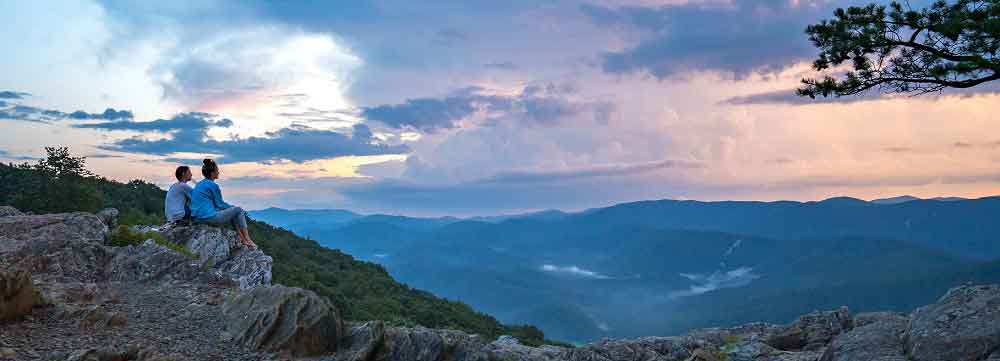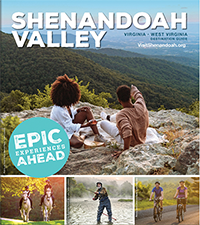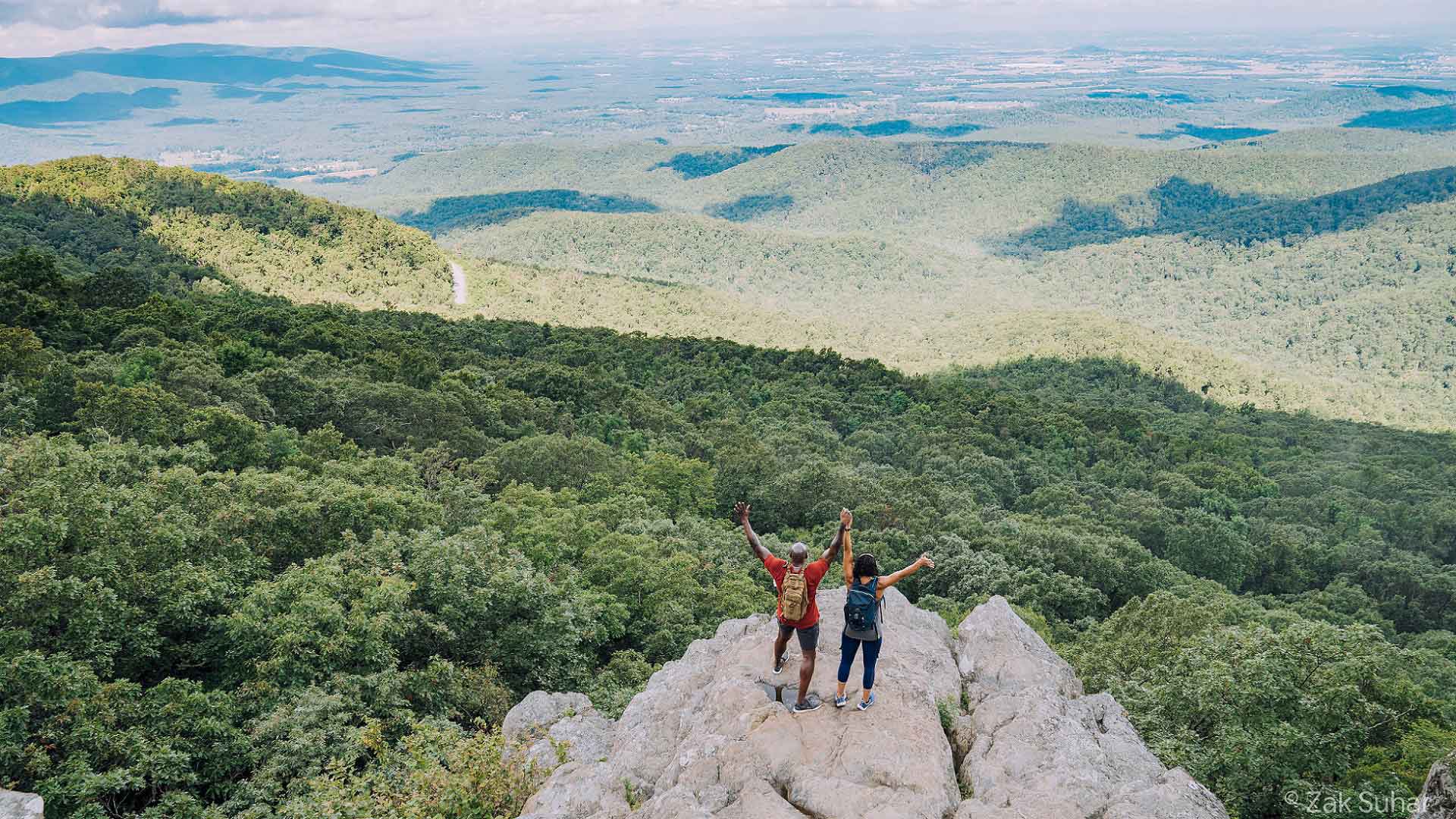As the Shenandoah Valley transitions from its winter bleakness to vibrant springtime green and wildflowers, legions of travelers will venture into our national parks. If you are visiting a national park for the first time, you can count on an unforgettable experience!
Know Before You Go
Know that the rangers and staff at these parks are counting on you, too — to respect a precious resource and act responsibly. Mishaps like falling off a cliff as you attempt a selfie, or hauling a grill up to a mountaintop—and leaving it there– simply should not and do not have to happen. Such rare examples aside, you can ensure a wonderful visit for yourself and others by keeping in mind some guidelines for park visitors.
Claire Comer, Interpretive Specialist of Shenandoah National Park told us, “Mainly, we want folks to be safe, respect wildlife and other resources, and clean up after themselves.” Within those broad strokes, additional key guidelines for Shenandoah National Park may be found at “Know Before You Go.”
Tips For First Time Visitors
- Summer can get busy at all the national parks, so plan to visit at off-peak times.
- At Shenandoah National Park, consider purchasing your entrance pass in advance online, and/or plan your trip to enter at the southern district of the park, via the Swift Run or Rockfish Gap entrances to avoid long lines at Front Royal and Thornton Gap entrance stations.
- Consider hiking some of the lesser-known trails. Whiteoak Canyon, Old Rag, and Dark Hollow Falls —the park’s most popular hikes— can be congested, and you may get a better experience on another trail.
- Stay on the trail, particularly around waterfalls. Wet rocks are slippery and no photo op is worth a spill. While falls in the park are rare, they do indeed happen.
- Be aware of the 35 mph speed limit on Skyline Drive. Cyclists share the road, and wildlife sightings are frequent. If you want to watch the bears and whitetail deer feeding along the drive, it’s especially important that you pull completely off Skyline Drive. Do not feed the animals.
- Grilling out? Campgrounds and picnic areas have grills; those are the only places an open flame is legal.
- If you bring a pet, bag waste and take it with you or dispose of it in a campground or picnic dumpster.

Consider these rules a starting point. Depending on what park you visit, and the different conditions and characteristics evident, others might be in effect. Check websites and do a little research before you go. National parks, in Virginia and all over the USA, are a treasured resource enjoyed by millions every year. In 2019, visitor spending in communities near national parks resulted in a $41.7 billion benefit to the nation’s economy. Keeping those parks protected helps all of us.
Did you know?
Five units of the National Park System can be found within the Shenandoah Valley: Harpers Ferry National Historical Park, Cedar Creek and Belle Grove National Historical Park, Shenandoah National Park, the Appalachian Trail, and the Blue Ridge Parkway.
###
PHOTO CREDIT: Copyright Zak Suhar. Hikers enjoy a sunset view across the Shenandoah Valley from Humpback Rocks [Blue Ridge Parkway.] See more of his photos at Zak Suhar.





